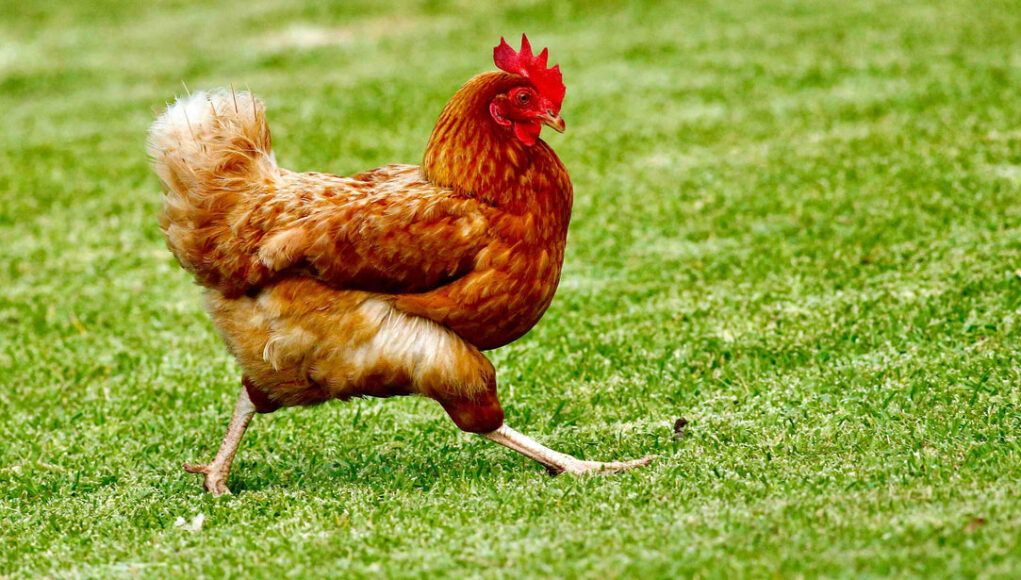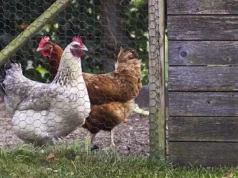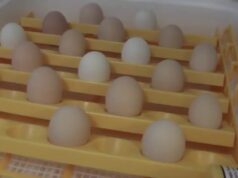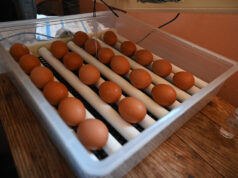Chickens are delightful creatures that provide us with fresh eggs and endless entertainment with their quirky behaviors. For chicken keepers aiming to ensure their flock’s health and happiness, one essential practice is offering herbal dust baths. This guide will walk you through how to make herbal dust baths for chickens, explaining why they’re crucial and how they can benefit your feathered friends.

What is a Dust Bath?
Chickens naturally indulge in dust bathing to keep their feathers clean and free from parasites. A dust bath is essentially a mixture of dry materials where chickens roll and bathe to remove dead skin cells and pests like mites and lice.
Why Use Herbs?
Incorporating herbs into dust baths provides additional benefits. Herbs like lavender, rosemary, and mint not only smell wonderful but also have properties that can repel pests and soothe the skin. They act as natural remedies, promoting overall well-being in chickens.
Choosing the Right Herbs
Selecting the right herbs is essential. Some popular choices include:
- Lavender: Known for its calming effects.
- Rosemary: Naturally repels insects.
- Mint: Provides a refreshing aroma and pest deterrent.
Materials Needed for an Herbal Dust Bath
To create a perfect herbal dust bath, you’ll need:
- Fine sand or dirt
- Wood ash
- Diatomaceous earth (food grade)
- Mixed herbs (like lavender, rosemary, and mint)
Step-by-Step Guide to Making a Herbal Dust Bath
Step 1: Select a Container
Choose a large, shallow container that can accommodate several chickens at once. This could be a plastic tub or a wooden box.
Step 2: Prepare the Base
Fill the container with a mix of sand or dirt. Ensure its dry and free of moisture to allow for a proper bathing experience.
Step 3: Add Wood Ash
Wood ash helps in keeping the skin dry and further prevents pests. Mix a small amount evenly with the base.
Step 4: Sprinkle Diatomaceous Earth
Add a thin layer of diatomaceous earth, known for its pest-repelling properties. Be cautious not to use too much to avoid respiratory issues.
Step 5: Incorporate the Herbs
Add your chosen herbs to the mix. Break them into smaller pieces to release their natural oils and scents effectively.
Placement of the Dust Bath
Place the herbal dust bath in a dry, shaded area where chickens often congregate. This ensures they can use it comfortably and without disturbance.
Benefits of Herbal Dust Baths
Providing your chickens with a herbal dust bath offers multiple benefits:
- Improves feather condition
- Reduces stress and anxiety
- Repels pests naturally
- Enhances their immune health
Natural Pest Control
The combination of diatomaceous earth and herbs effectively deters mites and lice, keeping your chickens healthy without the need for chemical treatments.
Maintenance of the Dust Bath
Regularly check the dust bath for moisture build-up or signs of contamination. Refresh the herbs and materials as needed to maintain its effectiveness.

Frequently Asked Questions
Do all chickens use dust baths?
Yes, dust bathing is an instinctive behavior for most chickens and is crucial for their health and hygiene.
Can I use essential oils instead of fresh herbs?
While essential oils can be potent, they should be used sparingly to avoid overwhelming the chickens. Fresh or dried herbs are safer and equally effective.
How often should I change the dust bath materials?
It depends on use and weather conditions. Generally, refresh every few weeks or when the materials appear dirty or damp.
For additional resources on natural chicken care, visit natural ways to keep chickens healthy.
For more about adding herbs to your chickens’ diet, check out natural calcium sources or learn how to add garlic to their water for added benefits.
This article contains affiliate links. We may earn a commission at no extra cost to you.











